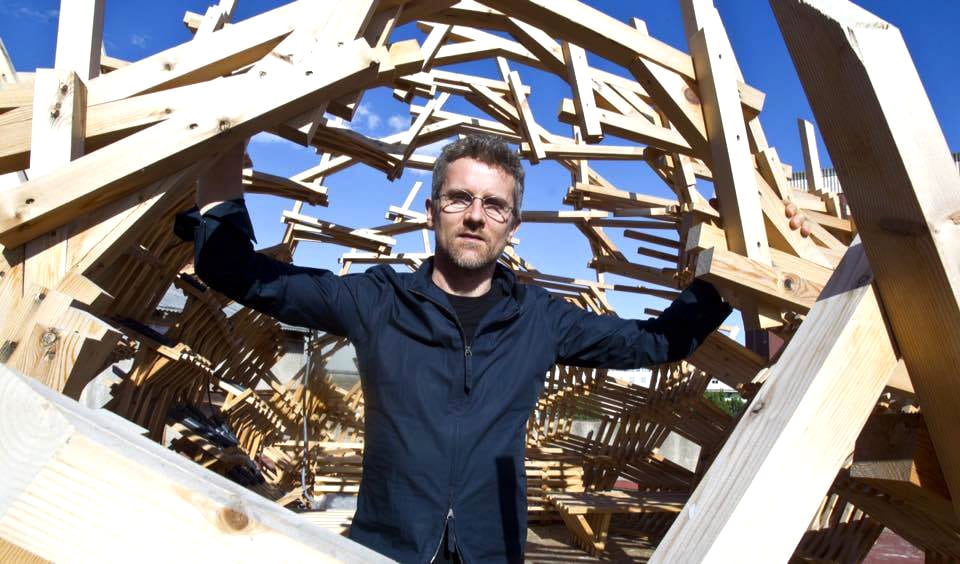As more and more sensors, electronics and data radically transform the way we understand cities, Carlo Ratti makes dazzling interactive environments from the information we create – like our phone calls and the garbage we throw out – to create surprising visualisations of city life.
Known as ‘The Choral Architect’, he senses the future of architecture as collaborative; with design intervening at the interface between people, technologies and the city.
We talked to the founding partner of Carlo Ratti Associati and director of MIT’s Senseable City Lab about his love affair with Paris, seeing designers as ‘mutagens’ and curating ideas to ensure harmony.
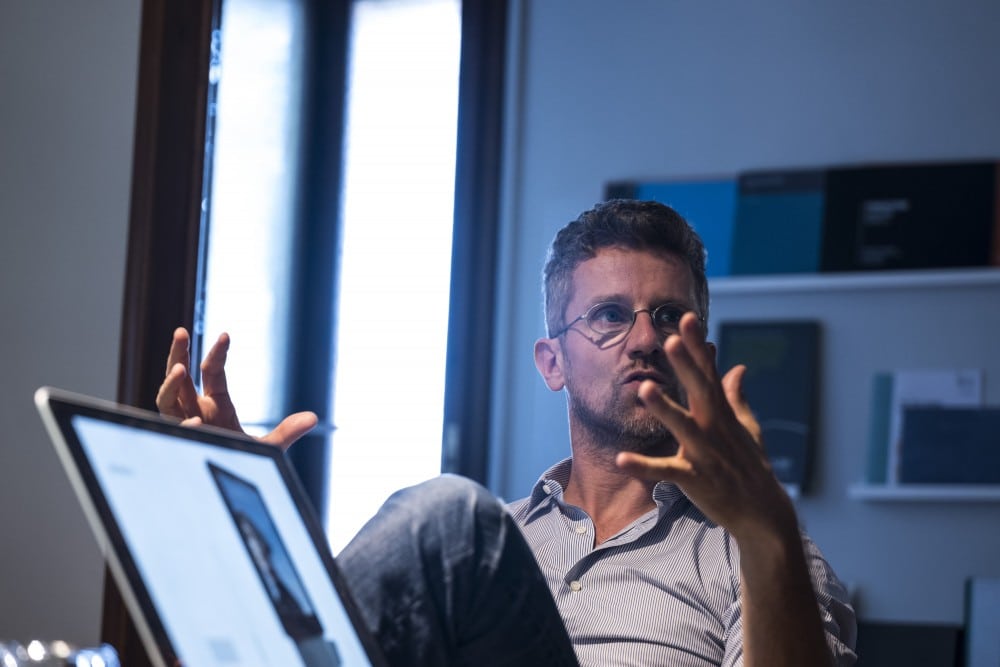
Ratti is fascinated by urban morphology
Carlo Ratti:
My ideal city would be a collage. It would be made up of the climate of Naples, the architecture of Milan, the startup scene of Berlin, the romanticism of Paris and the nightlife of Barcelona. French writer Georges Perec described his ideal home as having many rooms. Each of them faced a different area of Paris.
Paris was the beginning of my exploratory journey of ‘Spaceship Earth’ – as Buckminster Fuller would have put it! It was at my second year of Mathematics and Physics at the Politecnico di Torino that I saw an announcement on the wall for a competition to join one of the grandes écoles in Paris.
In 1923, Swiss architect Le Corbusier proposed to erase all of Paris. You could theoretically redesign a whole city. He wanted to replace it with cross-shaped skyscrapers. Luckily that did not happen. A city is the result of an accumulative process involving many people – and we should respect that.
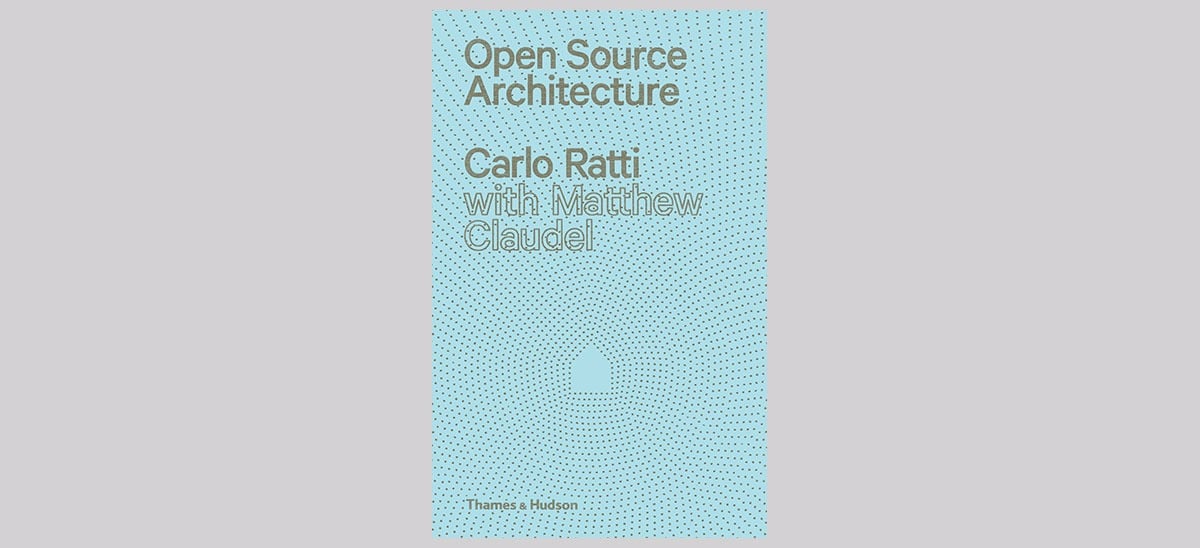
Ratti is a fan of a collaborative, inclusive, network-driven process
Both art and science fit in the notion of ‘Futurecraft‘. The political scientist and economist Herbert Simon once said: ‘The natural sciences are concerned with how things are. Design, on the other hand, is concerned with how things ought to be.’
‘Futurecraft’ is posing future scenarios typically phrased as ‘What if?’ questions. Then it entertains their consequences and shares the results widely. This is to enable public conversation and debate.
We see designers as mutagens. They are agents that produce mutations, accelerating the transformation of the present into how it ‘could be’. The goal of our experiments is to explore the potential of the present, so that we can speed up the transformation of the built environment.
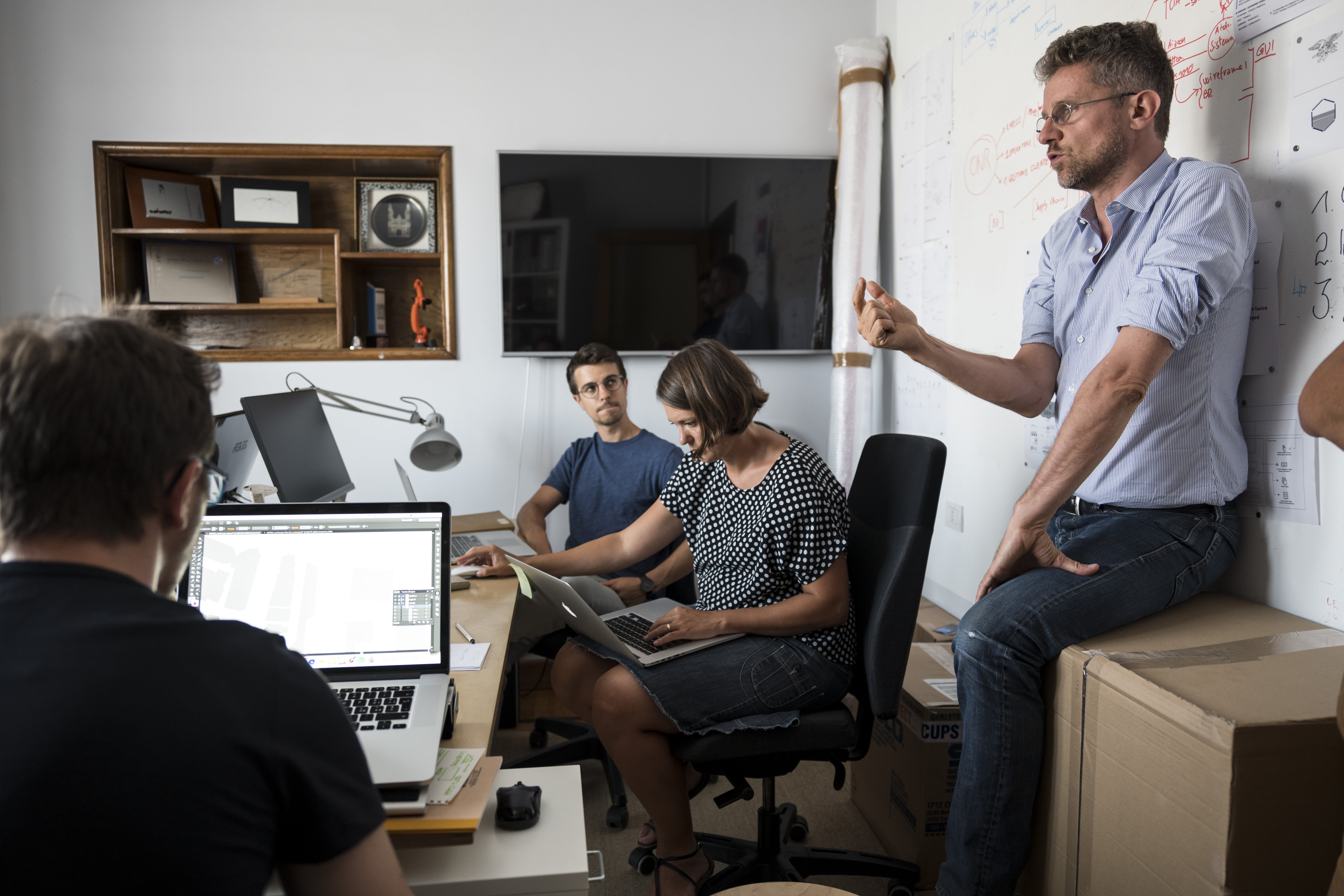
Conducting a city chorus
The future is the result of our collective choices. It is very important that the public is engaged. Data visualisation is a way to do just that – and to make scientific findings accessible to a broader public. Collaboration is crucial. I imagine tomorrow’s architect as someone who can coordinate many voices, harmonising them into a better ensemble.
We currently have many projects on the table. At the MIT Senseable City Lab we are testing a fleet of autonomous boats in Amsterdam’s canals, applying the principle of driverless cars to the water surface. Also we are exploring wastewater across several cities, and analysing DNA from viruses, bacteria and humans in a project called Underworlds. At Carlo Ratti Associati design office we are working on the archeological site of Pompeii, on a skyscraper in Singapore and on a retreat in the Himalayas.
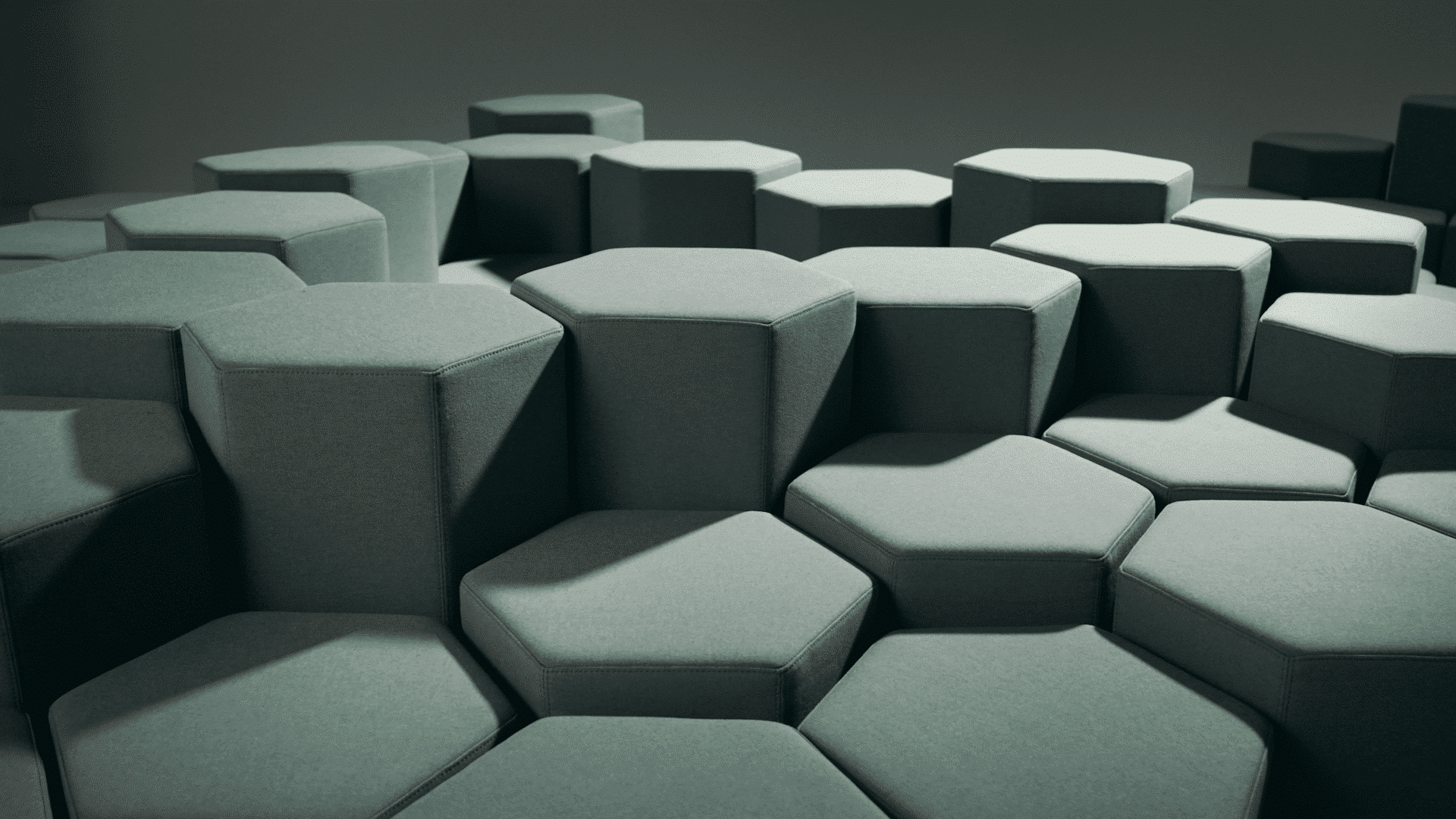
Ratti’s Lift-Bit is the world’s first digitally-transformable and remotely controlled sofa
Our cities are becoming ‘Senseable’. They are both ‘able to sense’ and ‘sensible’. We like the word ‘Senseable city’, as opposed to ‘Smart city’, as the former puts the emphasis on the human – as opposed to technological – side of things.
The Internet is entering physical space. It is entering the very space of our cities, the traditional domain of architecture – and merging the physical and digital layer, giving rise to cyber-physical systems.
The definition of smart city is the Internet becoming Internet of Things. IoT allows us to create a myriad of feedback loops – sensing-and-actuating systems that connect us with the city. It is not dissimilar to what happens in biological systems.
I am very interested in the concept of biophilia. This is the innate connection between humans and nature. This has been recognised as crucial in the design of our workspaces, due to the impact of greenery on productivity and creativity.
IoT will create a scenario in which technology takes the form of a ‘smart dust’ – becoming so small and diffuse to almost pulverise, so that technology would metaphorically enmesh with air.
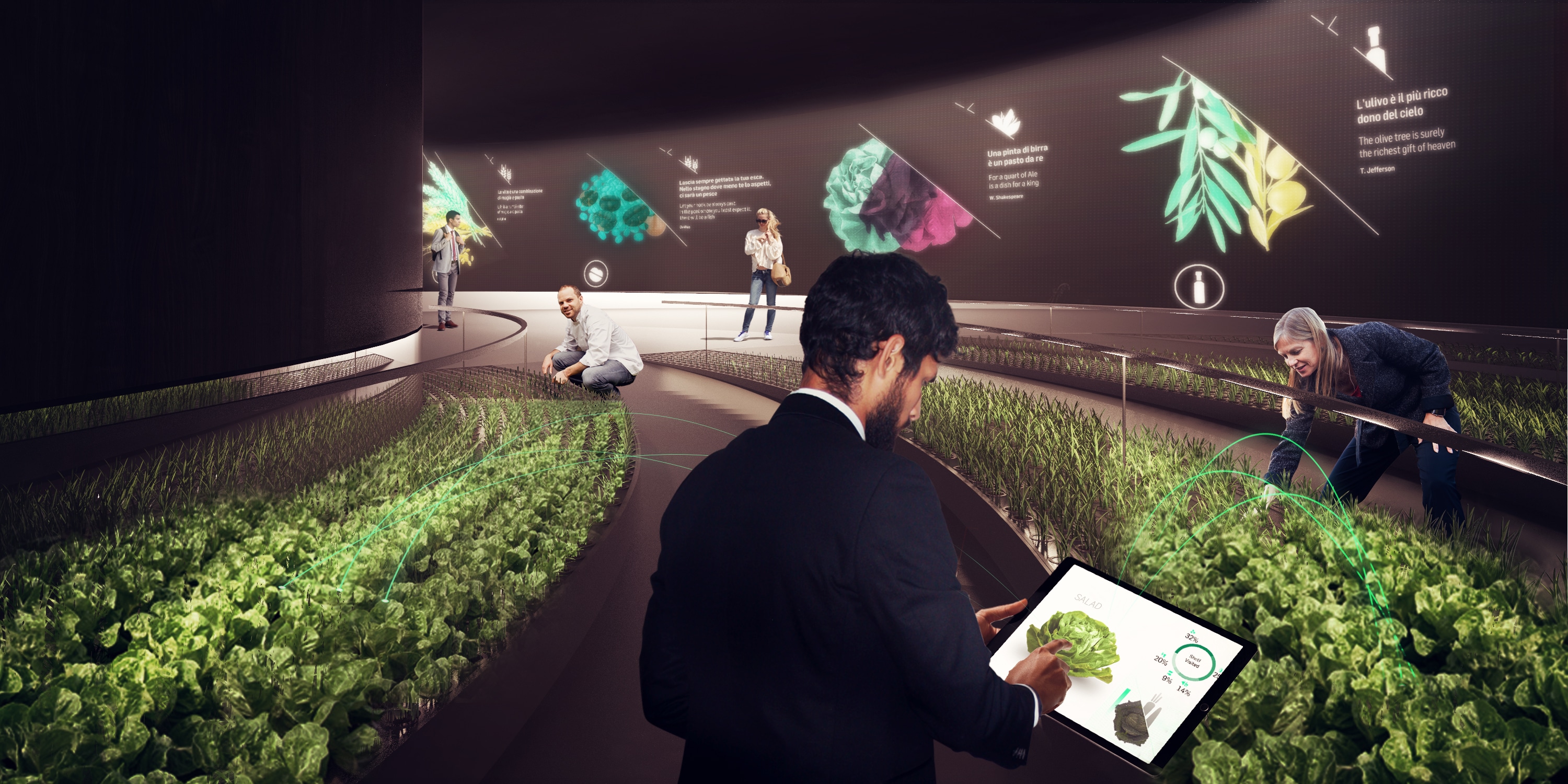
Ratti’s shared hydroponic farm
Storytelling is crucial as a way to engage the public. Ultimately, every decision about urban transformation should be taken by the community. Exchanges are very important. Travel is my greatest source of learning.
The future belongs to the curious. I always liked a dialogue in the François Truffaut movie ‘Jules et Jim’. It was between Jim and his professor Albert Sorel: “Mais alors, que dois-je devenir? – “Un Curieux.” – “Ce n’est pas un métier.” – “Ce n’est pas encore un métier. Voyagez, écrivez, traduisez, apprenez à vivre partout. Commencez tout de suite. L’avenir est aux curieux de profession.”
Translation: “But what should l become?” – “Curious.” – “That’s not a profession” – “It’s not a profession – yet. Travel, write, translate, learn to live everywhere. Begin at once. The future belongs to the curious.”
On my grave I would be happy with ‘Struggled for change’. Change is the key engine of human and natural evolution. Impact is not up to us, but it is about the convergence of a number of circumstances.

Handsy
Ratti has exhibited his work in the Venice Biennale, New York’s MoMA, London’s Science Museum, and Barcelona’s Design Museum. Real Time Rome was one of the first projects that aggregated data from cell phones, buses and taxis. Cloud Cast uses motion tracking and ceiling-mounted misting elements to provide localised cooling – to make public spaces in cities like Dubai more liveable. Learn more about his work.
Carlo Rossi was talking to Atlas Editor Lisa Goldapple, thanks to Silvia Brandi at the Institute for advanced architecture of Catalonia (IAAC). Pictures credits: Daniele Ratti.
